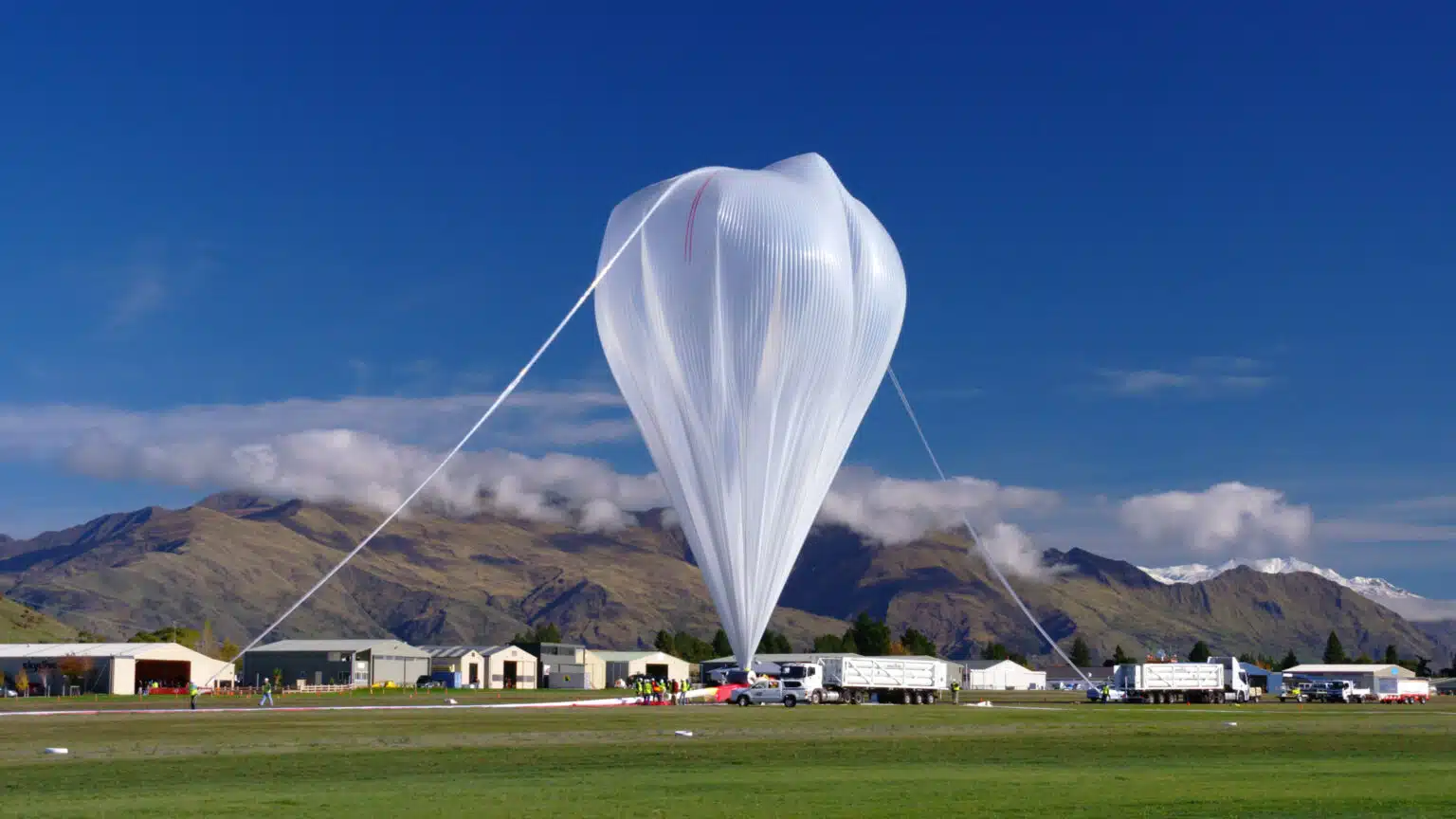Table of Contents
Two super pressure balloon (SPB) launches are slated by NASA’s Scientific Balloon Program from Wanaka, New Zealand, to further test and qualify the technology.
NASA is also flying science payloads as missions of opportunity on each balloon, even though the two launches are primarily intended to test the SPB technology. During their projected up to 100-day flights, the balloons may also be visible from the ground.
During the first voyage that is planned, a Super Pressure Balloon Imaging Telescope (SuperBIT) from Princeton University will take flight. A balloon platform is used by this telescope to observe huge galaxy clusters in a close-by environment. By monitoring the weak gravitational lensing caused by these massive objects, SuperBIT will be able to map the dark matter trapped in these clusters.

The University of Chicago’s Extreme Universe Space Observatory 2 (EUSO-2) mission, which intends to expand on data gathered during a 2017 expedition, will be launched on the second mission.EUSO-2 will detect ultra-high energy cosmic ray particles when they enter the atmosphere, originating from outside of our galaxy. The data obtained by EUSO-2 will help scientists solve this puzzle because it is unclear where these particles come from.
Super pressure balloon technology, according to Debbie Fairbrother, NASA’s Balloon Program Office chief stationed at the agency’s Wallops Flight Facility in Virginia, “is a genuine game-changer for performing cutting-edge science at the edge of space at a fraction of the expense of traveling into space.” One expedition that will look into space to study galaxy clusters and another that will examine high-energy particles from outside our galaxy are just two examples of the astounding work that is planned for this year, he added.
According to Fairbrother, NASA invites the public to monitor these missions as they travel the world over the mid-latitudes of the Southern Hemisphere.The speed and direction of the wind at float altitude dictate the flight route of a super pressure balloon.The missions will spend the majority of their time over ocean, and for any land crossings, NASA coordinates country overflight clearances with the U.S. State Department.

NASA has launched three SPBs from Wanaka, one of which occurred in the years 2015, 2016, and 2017.Due to the COVID-19 pandemic, a planned 2020 campaign was shelved, and a ground system glitch prevented the agency’s 2022 campaign from launching.
Long-duration balloon flying is a significant challenge, and each flight campaign adds to the knowledge gained for enhancing both our operational practices and the balloon technology, according to Fairbrother.
Super Pressure Balloon by NASA? What’s Inside?
Maintaining a steady float altitude in the stratosphere for aerial equipment like balloons is a daunting problem. The day-night cycle’s alternating warming and cooling causes the majority of normal heavy-lift zero pressure balloons to vary in altitude by up to 45,000 feet (13.7 km), which can lead to significant problems. To maintain the desired altitude, mission controllers must generally release additional weight in the form of ballast, which is a complex and challenging task.

The SPB, on the other hand, is designed to maintain a positive internal pressure and shape regardless of its environment, which keeps the balloon at a constant float height without losing ballast.
NASA has selected Wanaka, a town in New Zealand, as the ideal location for launching long-distance and high-latitude balloon flights. The balloons used for these missions are massive, with an 18.8 million cubic foot capacity and filled with helium. At full inflation, they can reach the size of a football stadium, allowing them to float at an operational height of 110,000 feet. The size and altitude capabilities of these super pressure balloons make them suitable for a wide range of scientific research, including astronomy, climate studies, and atmospheric research.
Read more on: https://www.nasa.gov/scientificballoons













